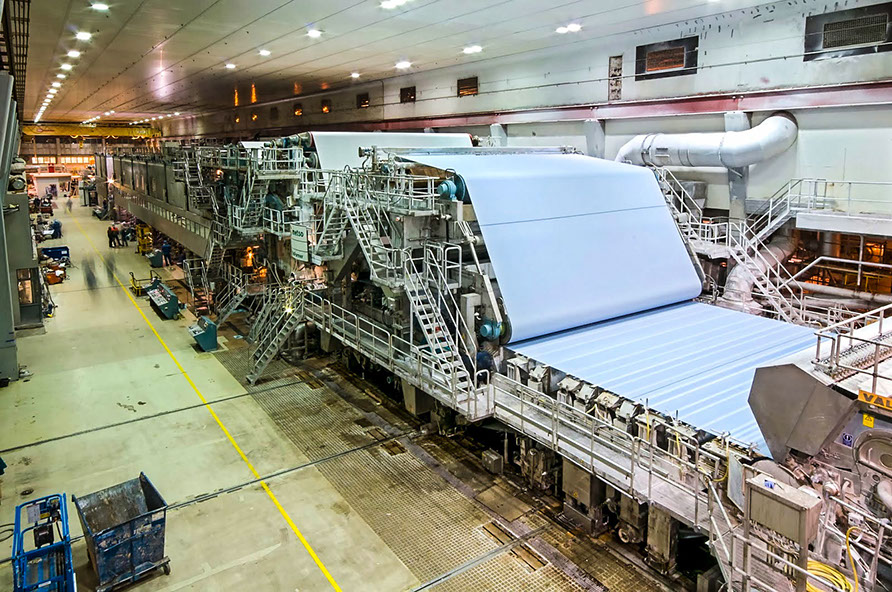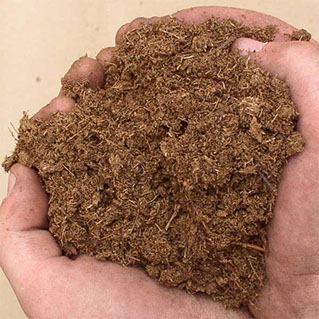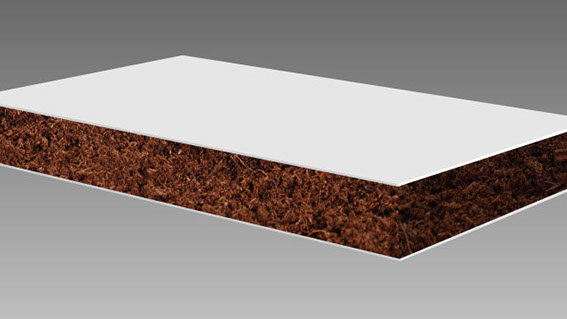Client Writeups
Johnson & Johnson
SID-TEC solves problems for Quebec company making peat moss absorbency boards…


ABOVE: This photo shows a paper sandwiching machine similar to the one used in the Quebec plant. SID-TEC was able to work out a solution to make a workable process that no other engineering team could solve for over four years.

Peat moss is highly absorbent but when wet it becomes a creamy gel and has no fibrous structure to hold it together.

The ultimate goal was to sandwich the peat moss slurry between two paper sheets to create a highly absorbent board product. Until SID-TEC’s engineers came along, no other company had been able to come up with a practical and workable solution.
PROJECT CHALLENGES
Creating new engineering and technology to allow non-fibrous, non-bonding material to be controlled in a high-speed manufacturing process
Working with difficult materials
While working on a project for Johnson & Johnson to make an absorbency board from peat moss in a factory in northern Quebec in Canada, we were part of a team of engineers of different disciplines working to get this product made on a prototype paper making machine.
Wood, when treated and put through a pulp making machine, has a very rough, fibrous texture when looked at through a microscope, which bonds well and is easy to make into paper. Peat moss, however, is not fibrous at all and has the consistency more like cream, very slippery and is non-bonding.
An apparently unsolvable problem
It was during this project that we were first confronted with a problem that seemed to be unsolvable. The problem was in the form of two rollers, each one being driven by a motor through a gearbox which can be opened and closed and when brought together were used to press the water out of the formed pulp, after the initial water had been sucked out using a vacuum system.
Unruly motor controls were causing the product to rip apart
The motors driving the rollers were being controlled in speed regulation mode and were using high resolution speed feedback encoders to produce high speed accuracy. But as the rollers were brought together we discovered that initially the current in each motor was close to the same but soon one of the motors began to have its current output reduce until there was no current being passed onto this motor at all, and the roller was now being driven by the other roller using the product pinched between these rollers as a propulsion means. This transmission of energy through the product between these two rollers was causing a shearing action which was destroying the center of the product so that when it came out at the other end it fell apart into two separate pieces.
New technology needed to handle new materials
This type of problem was never before seen in a normal paper mill because the fiber bond of the pulp was such that it maintained its structural integrity. In addition the pulp would release the water easily making the required pressure between these rollers to be much less than in the peat moss machine we were dealing with where water retention in the peat-moss was very high, and getting rid of the water a major problem.
Using excessive vacuum to suck off the water was destroying the sheet and using very tight nip rollers was shearing the center of the sheet, so getting water out of the sheet seemed impossible, and the manufacture of this product seemed doomed. However, now that we had discovered the true problem causing the shearing of the product we were able to set about finding a workable solution to solve it.
Innovation in the field and creation of the speed match/load share forcing circuit
The SID-TEC engineers came up with the idea of forcing the two rolls to share the work of getting the water out of the product. The speed of each of these rolls would have to be identical and they would have no option but to run at exactly the same speed. So was born the speed match and load share forcing circuit. The first one was built on a prototype board, and it worked! Later on a series of cards were built to perform this function with great accuracy.
Problem solved and a successful product produced
The load share function was implemented on the three sets of nip rollers used to press the water out of the sheet, the pressure of the nip between the rolls could also be reduced and the product was made and formed in a solid single undamaged sheet.
Technical knowledge and skills trump the language barrier
Johnson & Johnson had changed mechanical design engineering companies three times over the span of four years before finally being able to produce an acceptable product. Once SID-TEC was able to solve the production problems we were kept on the project and were requested to be the field service engineers. This was despite the inability of the engineers to speak French, which would normally be a huge barrier to working together. The value of the new technology we created far outweighed the inconvenience of the need for translators.
